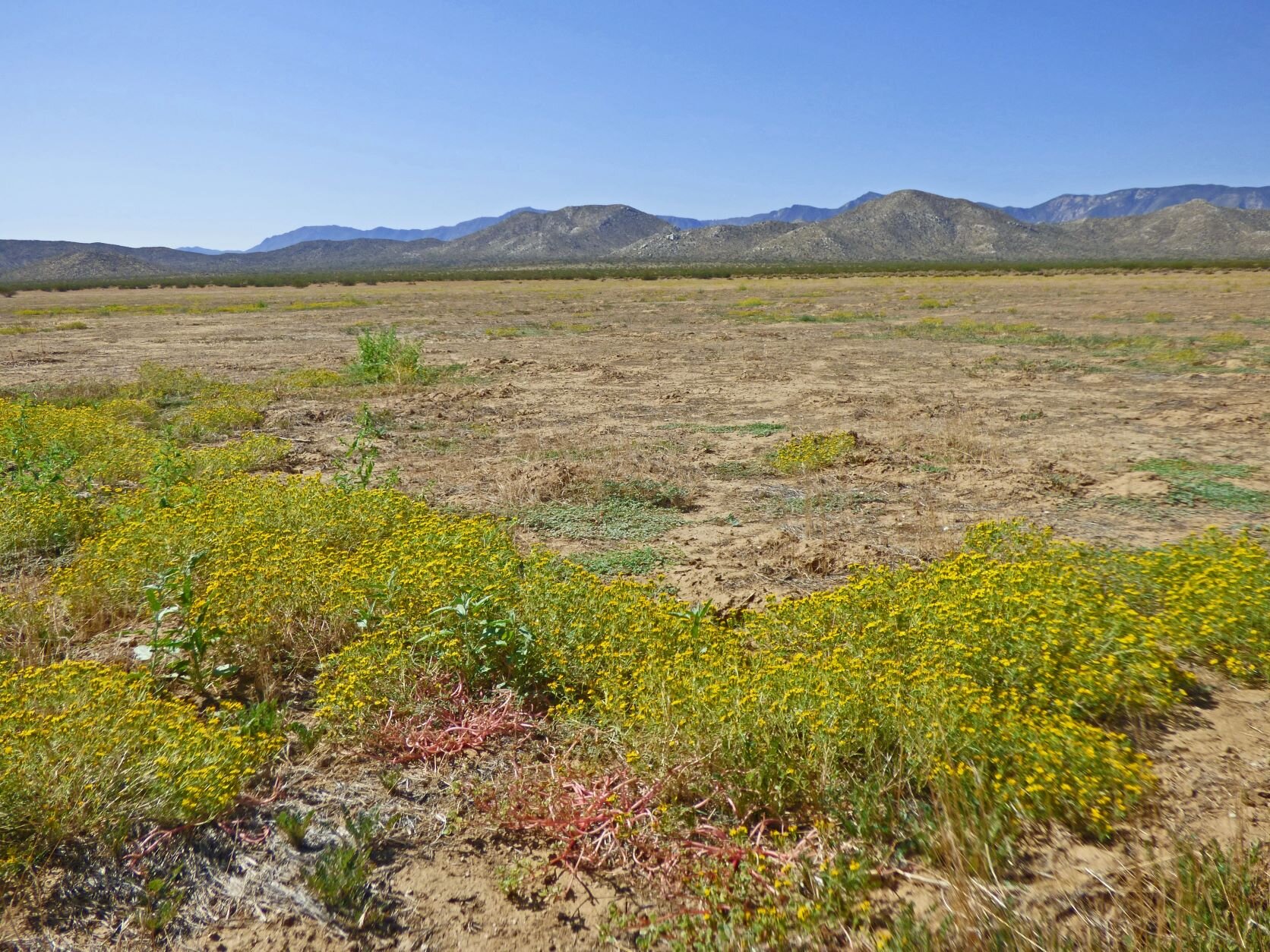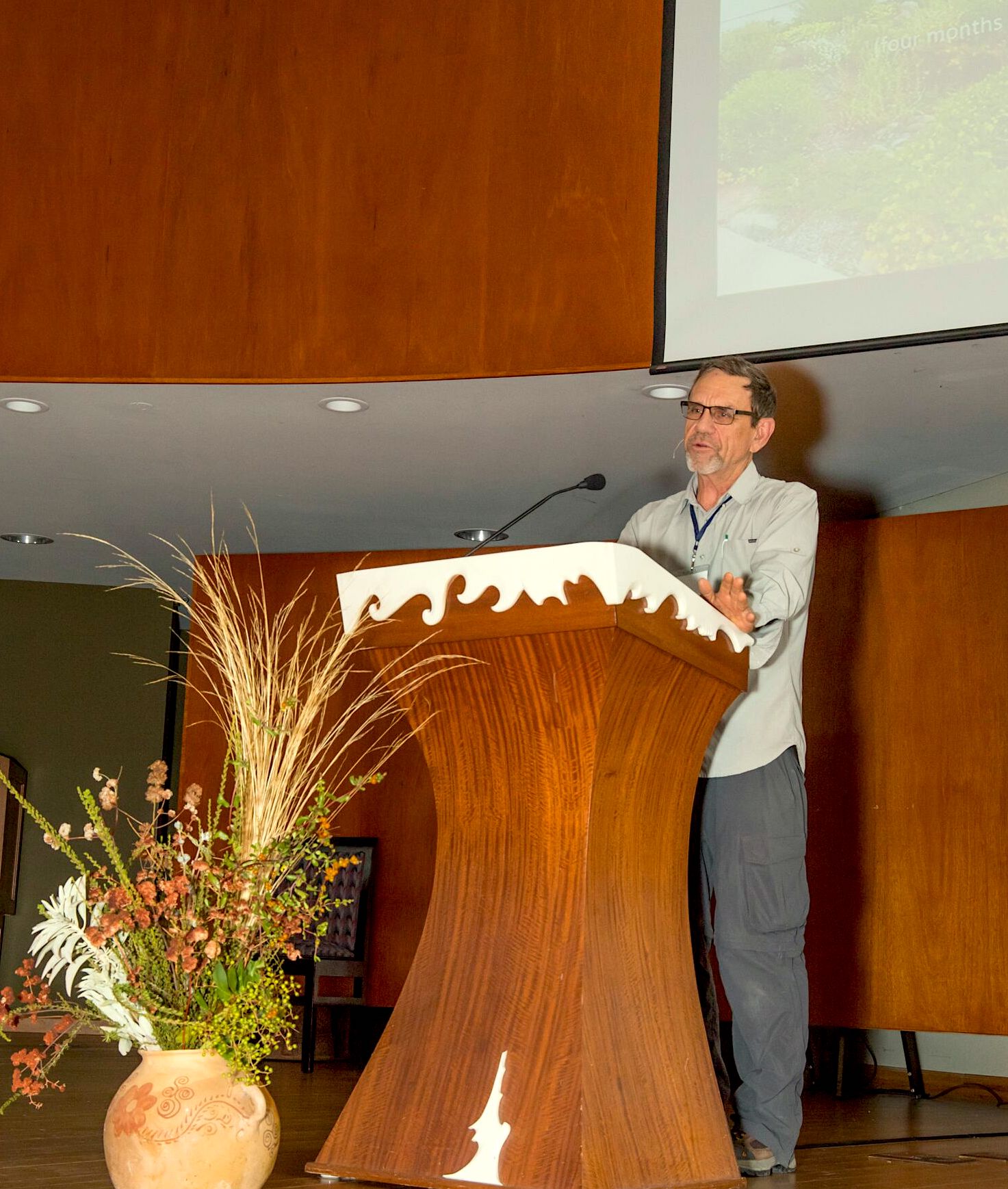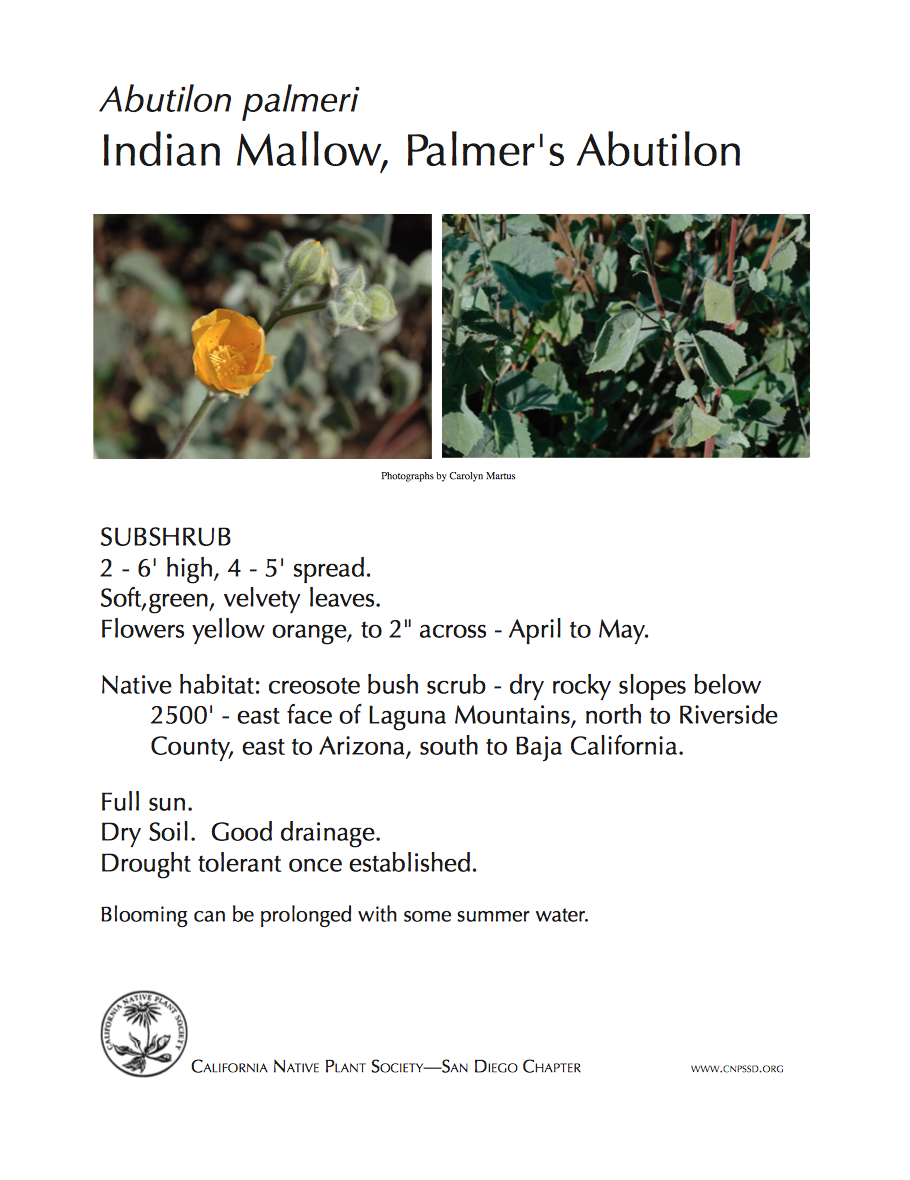By Frank Landis, Conservation Chair
Yes, this is not the kind of remark that an ex-Angeleno like me should be making in this part of the world, even if it is intended as a lame pun, as here. I'm writing this as the Lilac Fire burns in the San Luis Rey watershed, which is an event you probably didn't want to remember, but this isn't another column about fire safety.
Here's the issue: if you believe what I promote for CNPSSD, the solution to many of San Diego's woes, including losing homes to fire, is that we're all supposed to put solar panels on our roofs, use public transit, and ride bikes everywhere but on our wildlands, because mountain bikes are tearing up ecological reserves. Most importantly, we are to stop building single family homes in high-fire areas; instead we are to build apartments, condominiums, and town-homes near transit lines. In other words, we're supposed to grow up, not out, hence the lame pun in the title.
Sounds wonderful, right? I'm sure everybody with a native garden wants to replace it with a multistory granny flat, as well as subdividing their multistory homes into apartments, as well as lobby hard for bike lanes and bus stops in their neighborhood. Doesn't that sound great to you?




























